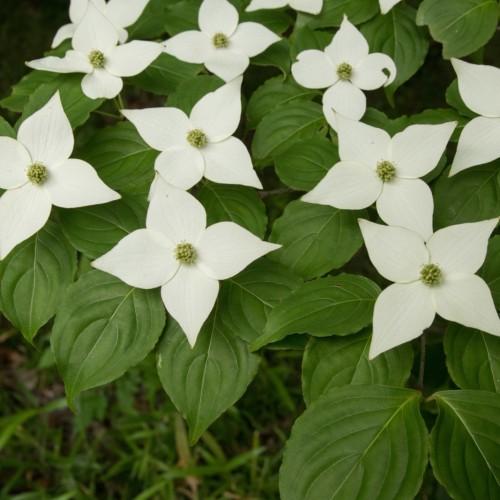
dogwood
Cornus elliptica 'Elsbry' EMPRESS OF CHINA
Cycle:
Perennial
Watering:
Average
Hardiness Zone:
6 - 9
Flowers:
Flowers
Sun:
Full sun,part shade
Leaf:
Yes
Growth Rate:
Low
Maintenance:
Low
Care Level:
Medium
watering
When watering Dogwood (Cornus elliptica 'Elsbry' EMPRESS OF CHINA), it is essential to water it deeply and regularly. During the growing season, water it weekly or twice a week if the soil is dry. In the summer months, water it every 5 to 7 days during dry spells. In the winter months, water the plant only when the soil becomes dry. The best time for watering the plant is in the early morning or late evening to reduce water loss due to evaporation. Generally, about 10-15 minutes of watering should provide the necessary moisture for the plant. It’s important to avoid over-watering Dogwood as it can lead to root rot.
sunlight
Dogwood (Cornus elliptica 'Elsbry' EMPRESS OF CHINA) is a small to medium deciduous tree that grows well in full sunlight. This species of Dogwood prefers a bright location with at least 6-8 hours of sunlight per day, and prefers to be planted in a spot that will receive some shade in the afternoon to protect it from the intense Summer sun and heat. Dogwood does not do well in areas where it will receive less than 4 hours of direct sunlight daily. If you are looking for maximum flowering of your Dogwood, an east- or west-facing location that will allow the plant to capture the morning and evening sun is best.
pruning
Dogwood (Cornus elliptica 'Elsbry' EMPRESS OF CHINA) should be pruned in late winter to early spring, when the plant is still dormant. Pruning should be light, with no more than 1-third of the healthy wood cut away. Cuts should be made just above a healthy bud or bud-eye. Prune out any dead, diseased, or broken branches, as well as any crossing branches or branches that rub against each other. If needed, prune back tall, spindly shoots to encourage bushier growth.
